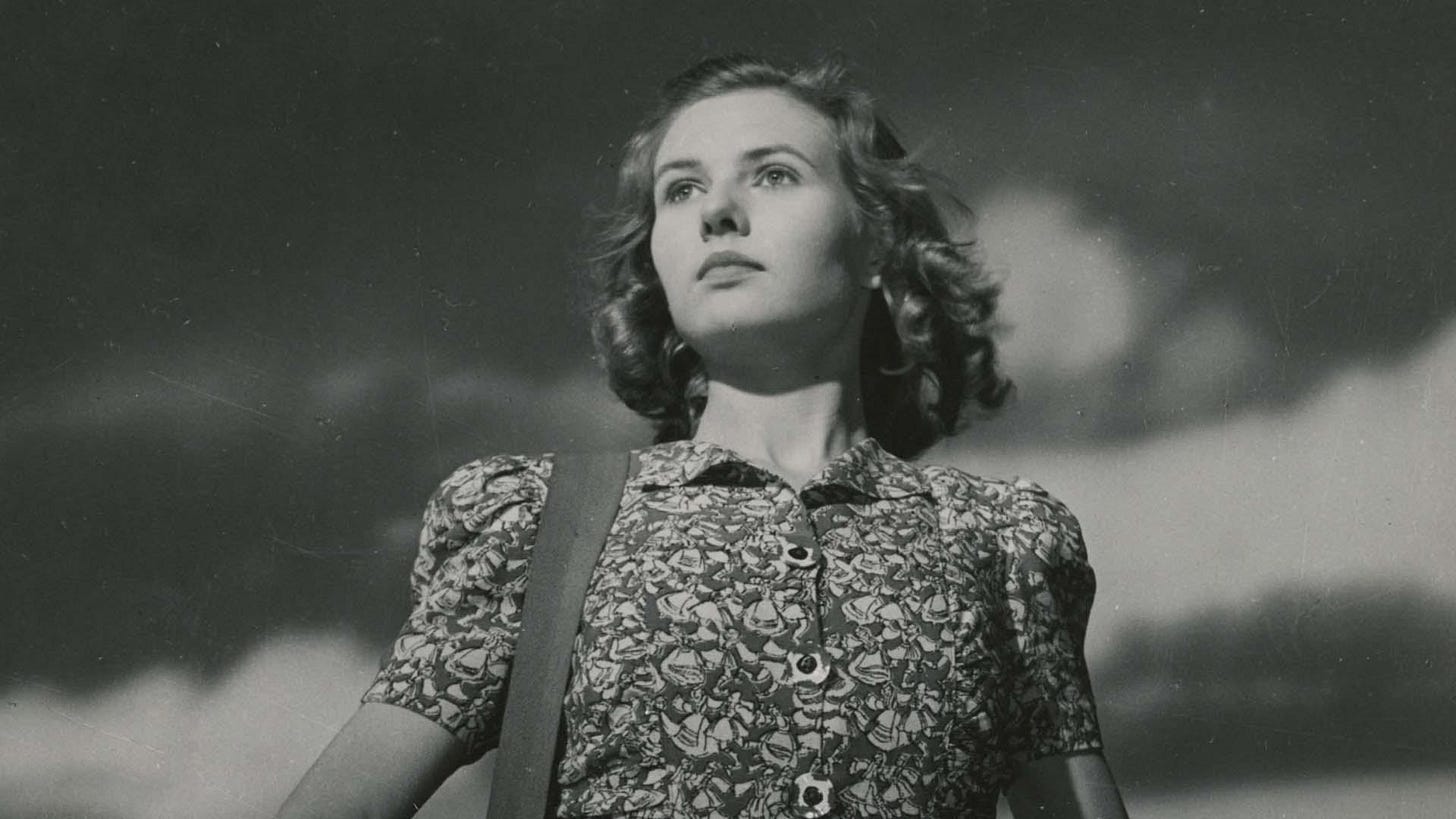A Canterbury Tale
1944
The directing team of Michael Powell and Emeric Pressburger is often credited with making the best British films of all time. Active in the forties and fifties, they made more than a handful of very famous (and very British) films: Black Narcissus, The Life and Death of Colonel Blimp, Tales from Hoffmann, A Matter of Life and Death, The Red Shoes… Some …
Keep reading with a 7-day free trial
Subscribe to B. A. D. Reviews to keep reading this post and get 7 days of free access to the full post archives.



